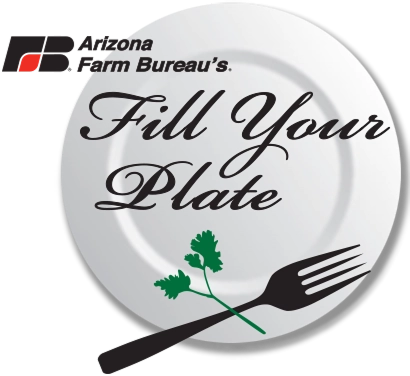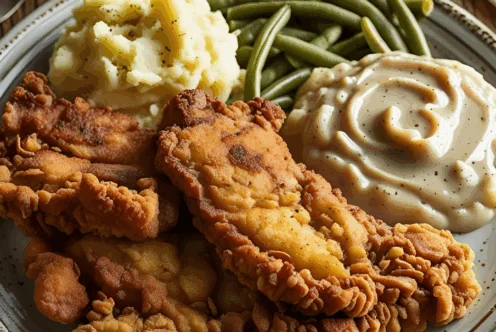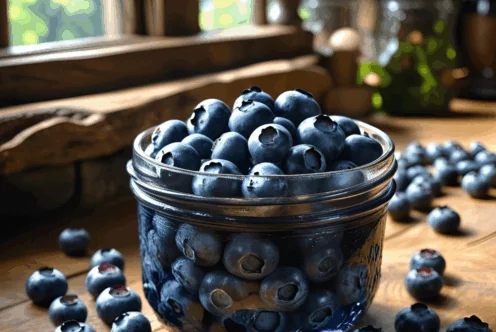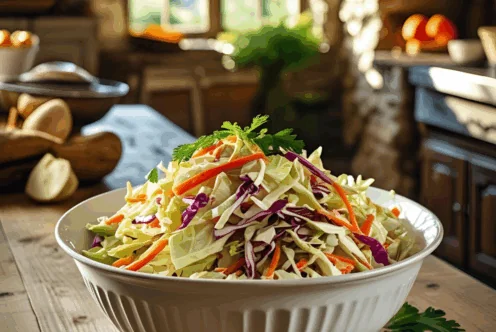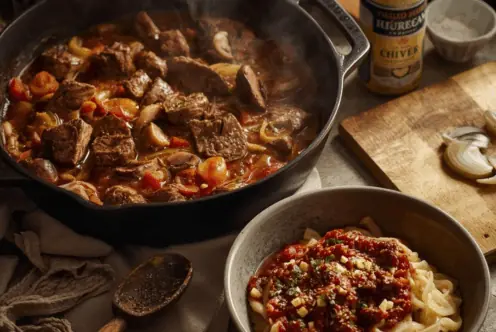Blog
Saffron, the Gold Standard of Spices
By Kevann Jordan Recent ASU Nutrition Student
I was recently introduced to a new flavor at a restaurant in Pheonix, at Fuego Bistro. I ordered the Paella and was very pleasantly surprised. This dish has started my new obsession: Saffron.

What could be more expensive then Kobe Beef you ask? Saffron! Kobe Beef costs approximately $150 per pound whereas saffron runs roughly $5000 per pound. One look at this exotic spice and you begin to wonder why it is so expensive; it is just a thin reddish thread which so delicate you think it will crumble upon touching. The grandeur of the spice is not merely in its threads, also known as corms, it is beheld in its blossom as well. The aromatic spice once from Crocus Cartwrightianus, we now know as saffron now comes from the Crocus Sativus Linnaeus, which happens to be sterile. This sterile form is believed to originate in Bronze Age Crete. In the 7th century BC there were Assyrian documents referring to saffron and its many uses. In fact, this hybrid has survived because of the vast number of uses the saffron stigmas are known for its: aromatic qualities, treatment for gastrointestinal ailments, wounds, coughs, colic, scabies, sleeplessness, depression and Alzheimer’s.
Saffron has been documented for over 4 millennia starting before the birth of Christ in Minor Asia. One of the first references to saffron in history was use by Cleopatra. The threads would be soaked in a bath to help make lovemaking more pleasurable. In Iran, there are ancient images made from saffron-based pigments. There was also a time during the Renaissance that saffron was worth its weight in gold. Today 90-93% of the global supply of saffron comes from Iran.
To further explain the price you must know that the crocus is cultivated in hot and dry weather, on flat dry land void of other trees. And it is only harvested in mid-autumn and the flower must be harvested quickly. They blossom at dawn and the flower wilts in a day. Additionally, 85,000 flowers are needed to produce one kilo of saffron. Each corm is hand removed from the blossom. On the bright side, the cost of saffron is steep, it does have a long shelf life and it can be steeped to make a tea which extends the quantity needed for cooking. Not much saffron is needed to produce its rich flavor. To this writer, Saffron is worth every penny.
Looking for more articles like this one check out our website. Looking for any cool recipes to try check out our recipe section.

